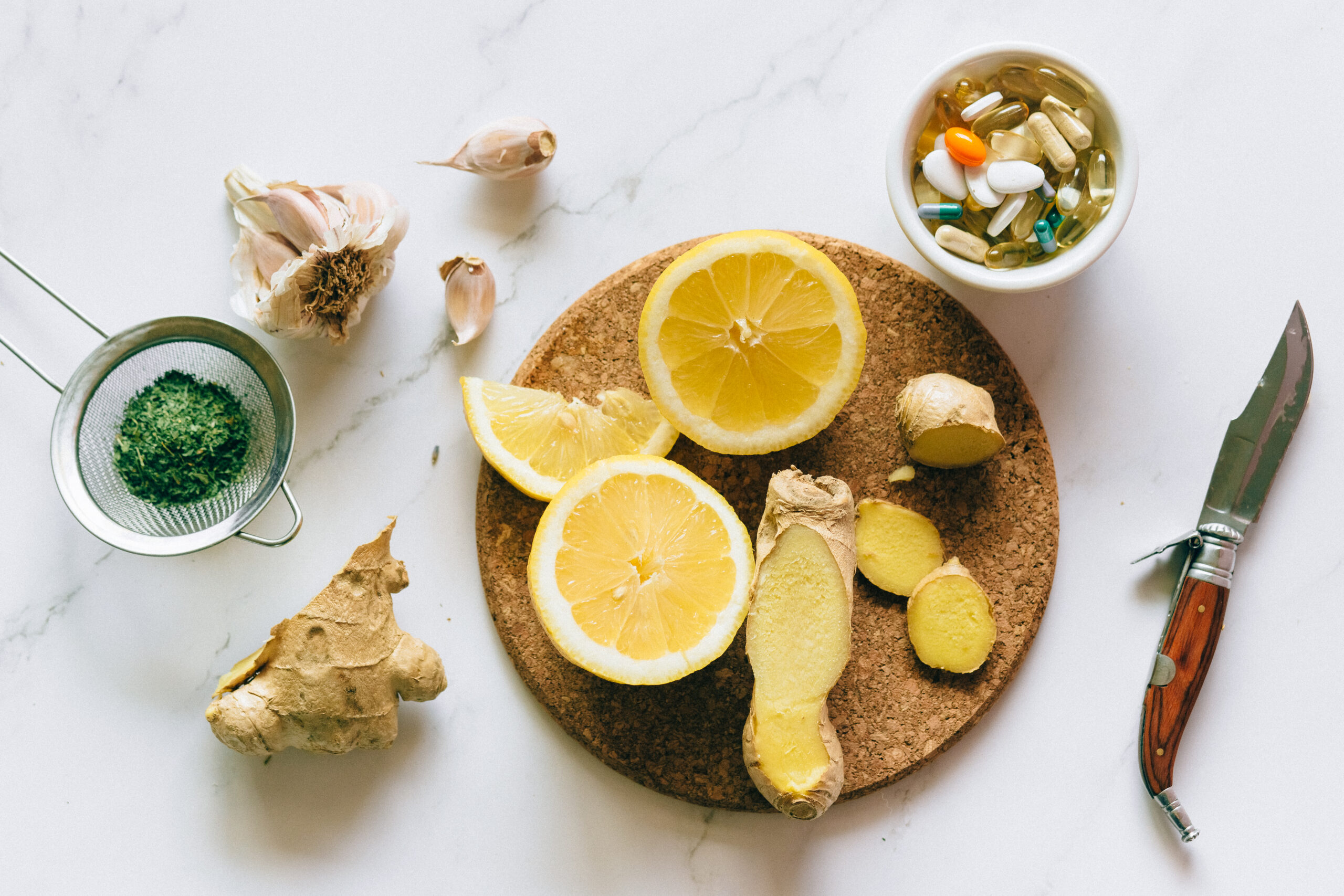What are the alternative treatments for tennis elbow?
Title: Exploring Alternative Treatments for Tennis Elbow – Find Relief Naturally
Introduction:Tennis elbow, medically known as lateral epicondylitis, is a common condition that causes pain and inflammation in the outer part of the elbow. While conventional treatments like rest, physical therapy, and medication can be effective, many individuals seek alternative remedies to relieve their symptoms. In this article, we will explore some natural and non-invasive treatment options for tennis elbow.
1. Acupuncture:Acupuncture, an ancient Chinese practice, involves the insertion of fine needles into specific points of the body to stimulate healing and relieve pain. Studies have shown that acupuncture can help reduce pain and inflammation associated with tennis elbow. Seek a qualified acupuncturist who specializes in musculoskeletal conditions for optimal results.
2. Massage Therapy:Massage therapy can be highly beneficial in relieving pain and promoting healing in tennis elbow. Deep tissue massage techniques target the affected muscles and tendons, easing tension and improving blood flow. Additionally, therapeutic massage helps to reduce inflammation and swelling, which are common symptoms of tennis elbow.
3. Cold and Heat Therapy:Applying cold and heat can provide significant relief from pain and inflammation associated with tennis elbow. Cold therapy, such as ice packs or cold compresses, helps to reduce swelling and numb the area, reducing discomfort. Heat therapy, on the other hand, can help relax the muscles and improve blood circulation, promoting healing. Alternate between cold and heat therapy for optimal results. Remember to avoid applying ice or heat directly to the skin to prevent burns or frostbite.
4. Supplements and Herbal Remedies:Certain supplements and herbal remedies may support the healing process of tennis elbow. Omega-3 fatty acids, found in fish oil, have anti-inflammatory properties that can help reduce pain and inflammation. Turmeric, a spice commonly used in cooking, contains curcumin, which has potent anti-inflammatory and analgesic properties. Ginger, another natural anti-inflammatory, can be consumed as a tea or added to meals. Always consult with a healthcare professional before starting any new supplements or herbal remedies to ensure they are safe for you.
5. Exercise and Physical Therapy:Engaging in specific exercises and physical therapy can help strengthen the muscles and tendons surrounding the affected area, promoting healing in tennis elbow. Stretching exercises, such as wrist extensions and forearm pronation-supination, can improve flexibility and reduce pain. Additionally, a physical therapist can guide you through specialized exercises to target the affected muscles and restore their function.
Conclusion:While conventional treatments for tennis elbow are widely recommended, alternative therapies can provide natural relief and support the healing process. From acupuncture and massage therapy to cold and heat therapy, there are various options to explore. However, it is crucial to consult with a healthcare professional before trying any alternative treatments to ensure they are appropriate for your specific condition. By combining these natural remedies with proper rest and care, you can find relief and get back to enjoying an active, pain-free life.



